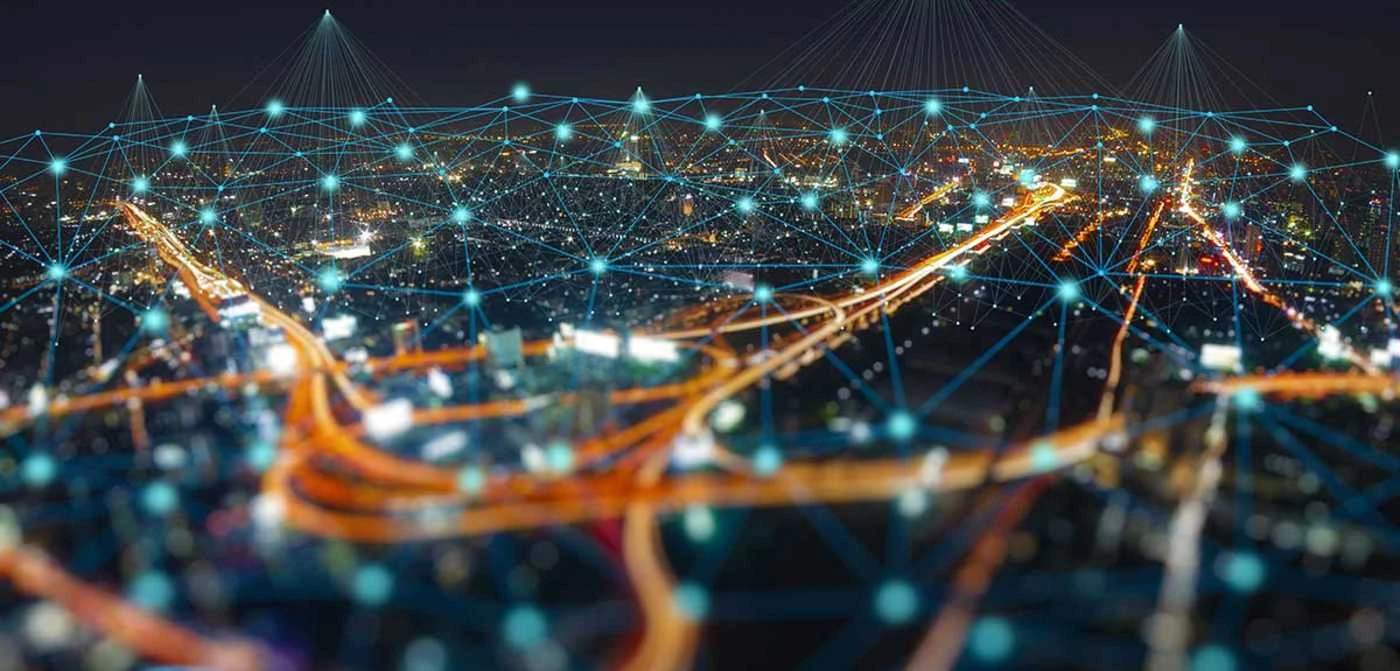Vodafone and Nokia have demonstrated a prototype 100Gbps (gigabits per second) broadband connection that is 100 times faster than today’s full fibre home broadband connections.
Such speeds could enable the widespread adoption of technologies such as holographic calling paired with sensations like taste and touch – the so-called Internet of Senses.
Vodafone has already demonstrated such uses cases in action separately, from the world’s first holographic call to the visceral sensation of a rugby tackle transmitted over the internet from one city to another.
At a speed of 100 Gbps, researchers can feasibly imagine futuristic ‘virtual teleportation’ and 3D holographic applications that combine human senses to aid healthcare, education, retail and leisure activities. 100 Gbps is at least ten times faster than the most advanced fixed networks of this type in Europe today and is the equivalent of streaming 4,000 ultra-high definition videos into your home at the same time without lag or buffering.
Vodafone and Nokia engineers achieved the technological breakthrough using only a single optical wavelength – a beam of light used to transmit vast amounts of data – to record a top data speed of 100 Gbps. The test was carried out at Vodafone’s Eschborn lab in Germany using equipment based on a new flexible Passive Optical Network (PON) technology. A PON is a fibre network that connects key structures like mobile masts, schools, factories, hospitals and businesses to the internet as well as home broadband services.
While 100 Gbps PON tested at Eschborn is likely to become available later this decade, Vodafone is already installing 10 Gbps PON links within its Next Generation Networks (NGN) fixed-line infrastructure. These are capable of supporting the growing capacity demands of ultra-high definition Internet streaming services, typically requiring around 25 Mbps, as well as the most bandwidth hungry augmented and virtual reality services running at between 200 Mbps and 300 Mbps.
The technology is also based on a modular architecture, meaning that Vodafone can significantly upgrade the speeds of today’s fibre and cable broadband networks when required without the need to dig up roads or drill holes through a customers’ home.
Johan Wibergh, Vodafone Chief Technology Officer, said:
“Today’s technological breakthrough supports Vodafone’s strategy to prepare our African and European networks to meet the inevitable growth in demand for faster, more responsive and immersive Internet services.
We continue to focus on the current needs of customers like extending broadband to rural communities, supporting working and learning from home, and equipping smart factories, all while keeping an eye on the future.”
Today, 100Gbps speeds are typically found in transcontinental connections, such as Vodafone’s network of deep sea cables. 100Gbps speeds are also currently found in the links that connect data centres, which power online services such as streaming video services and cloud storage, to the rest of the internet.



